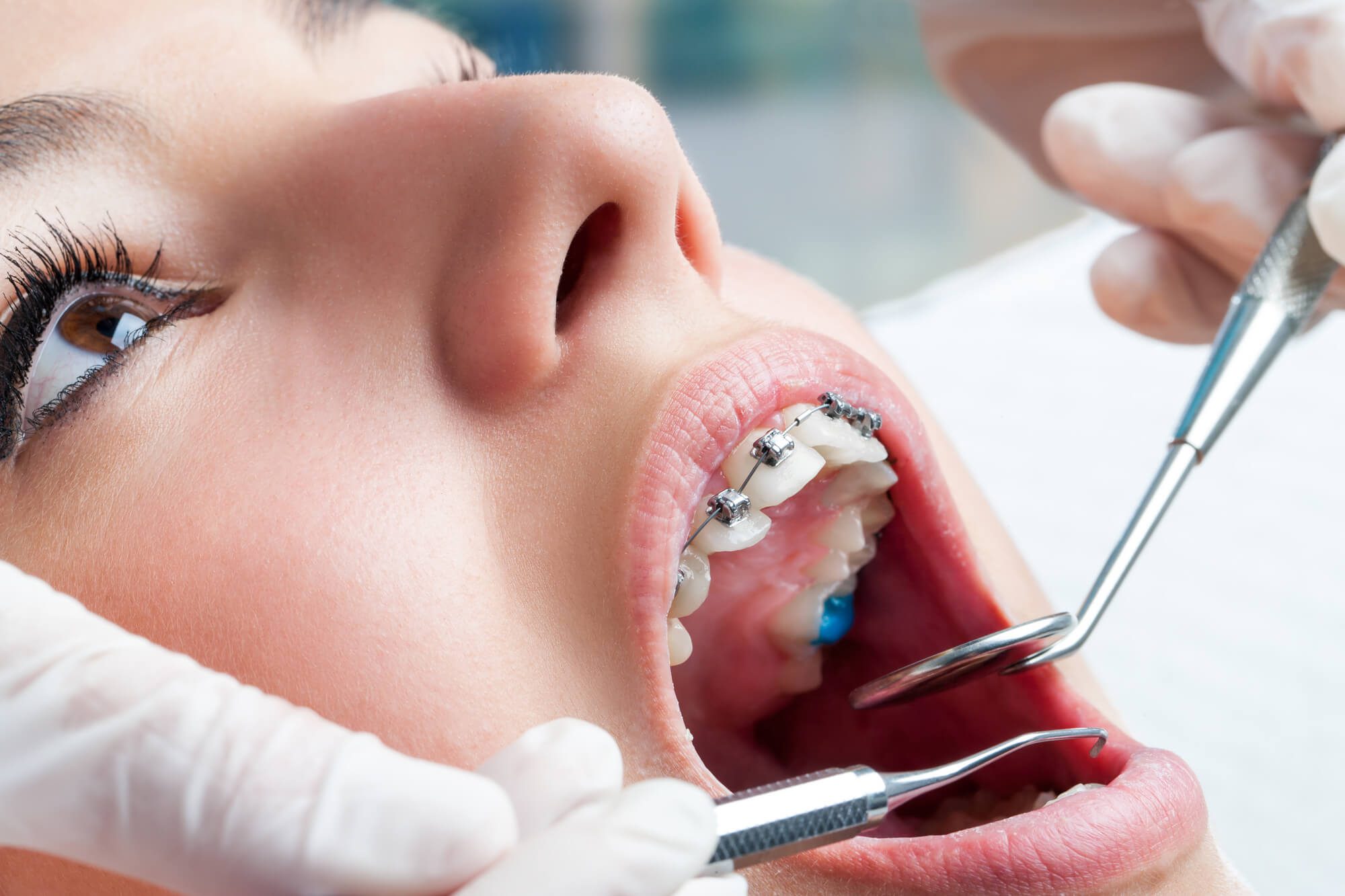Posted on October 18, 2023

Brace treatment can be a long and arduous process, but did you know that regular check-ups and adjustments are essential for its success? Neglecting these appointments can lead to subpar results and unnecessary discomfort.
Braces are a common orthodontic treatment used to correct misalignment and improve dental health. While the initial fitting is important, it is equally crucial to attend regular check-ups and make adjustments throughout the course of treatment.
Many patients underestimate the significance of these appointments and fail to realize the potential consequences of their neglect.
Regular check-ups and adjustments play a vital role in maximizing the effectiveness of brace treatment. From ensuring proper alignment to minimizing discomfort and preventing potential complications, these routine visits are indispensable.
Let us delve into the importance of these appointments and why they should not be taken lightly for successful brace treatment.
Are you or a loved one considering braces? These remarkable orthodontic devices have evolved over the years to become powerful tools for achieving a straighter, healthier smile.

In conclusion, braces are not just about achieving a straighter smile; they are about unlocking the power of a confident, healthy, and happy life. If you’re considering braces, consult with an orthodontist to explore your options and embark on a journey to a better smile and improved oral health.
Here is a step-by-step guide to the process of getting braces:
The first step is to schedule a consultation with an orthodontist. During this appointment, the orthodontist will evaluate your teeth and jaw alignment to determine if braces are necessary. They may take X-rays, photographs, and impressions of your teeth to create a treatment plan tailored to your specific needs.
Once it is determined that braces are suitable for you, the orthodontist will create a comprehensive treatment plan. This plan will outline the type of braces recommended, the estimated treatment duration, and the expected results.
Before the braces can be placed, some preparation may be required. This may involve removing any decayed teeth, addressing gum concerns, or creating space for crowded teeth. In some cases, a few teeth may need to be extracted to create enough room for the rest of the teeth to align properly.
The next step is the actual placement of the braces. The orthodontist will glue brackets onto each tooth and secure them with dental adhesive. Then, an archwire is attached to the brackets using elastic or metal bands. This wire will gradually apply pressure to guide the movement of your teeth.
Once the braces are in place, you will need to visit the orthodontist regularly for adjustments and tightening. During these follow-up appointments, the orthodontist will make changes to the archwire or replace the bands to continue the process of tooth movement. These appointments are crucial to ensure progress and make any necessary modifications to the treatment plan.
It is important to maintain good oral hygiene throughout the orthodontic treatment. Brushing and flossing properly become more challenging with braces, but it is essential to avoid cavities and gum disease. Your orthodontist will provide instructions on how to clean your braces and recommend oral care products to help keep your teeth and gums healthy.
Once your teeth have been properly aligned, the braces will be removed. However, this does not mark the end of your orthodontic treatment.
To prevent your teeth from shifting back to their original positions, you will need to wear a retainer. Retainers can be removable or permanent, and your orthodontist will provide specific instructions on how and when to wear them.
 Regular check-ups are an essential aspect of orthodontic brace treatment. These check-ups allow the orthodontist to monitor the progress of the treatment and make any necessary adjustments or modifications.
Regular check-ups are an essential aspect of orthodontic brace treatment. These check-ups allow the orthodontist to monitor the progress of the treatment and make any necessary adjustments or modifications.
These appointments provide an opportunity for the patient to ask questions or seek guidance on how to care for their braces properly. By attending regular check-ups, patients can optimize the results of their orthodontic brace treatment and achieve a straight and healthy smile.
The frequency of the check-ups when you have braces will vary depending on your individual treatment plan, but typically, you can expect to visit your orthodontist every 4 to 8 weeks. These check-ups allow your orthodontist to assess the movement of your teeth and make any necessary modifications to ensure that you achieve the desired results.
When you have orthodontic braces, it is crucial to be aware of the potential complications that may arise and take measures to prevent them. Complications such as gum disease, tooth decay, and enamel erosion can occur if proper oral hygiene practices are not followed.
Regular brushing and flossing, as well as using mouthwash and interdental brushes, can help prevent these complications. Avoiding sticky and hard foods, as well as wearing a protective mouthguard during physical activities, can minimize the risk of braces getting damaged.
Regular visits to the orthodontist for adjustments and check-ups are also important in identifying and addressing any potential complications early on. By taking these preventive measures, you can ensure a smooth and successful orthodontic treatment journey.
Neglecting dental appointments can have significant consequences and hinder the progress of your treatment.
The potential repercussions of disregarding check-ups and adjustments when undergoing orthodontic brace treatment include:
It is important to prioritize your orthodontic appointments and take them seriously. Regular visits to your orthodontist allow them to monitor your progress, make necessary adjustments to your braces, and ensure that your teeth are moving in the right direction.
By following a structured appointment schedule, you can minimize discomfort, prevent any potential issues, and expedite the overall treatment process. Prioritizing your orthodontic brace appointments is an essential step in ensuring that you achieve the desired results and have a comfortable experience throughout your treatment.
Remember, Smilebliss is here to support you every step of the way on your orthodontic journey. Contact us today to schedule your next appointment and unlock the power of your smile!